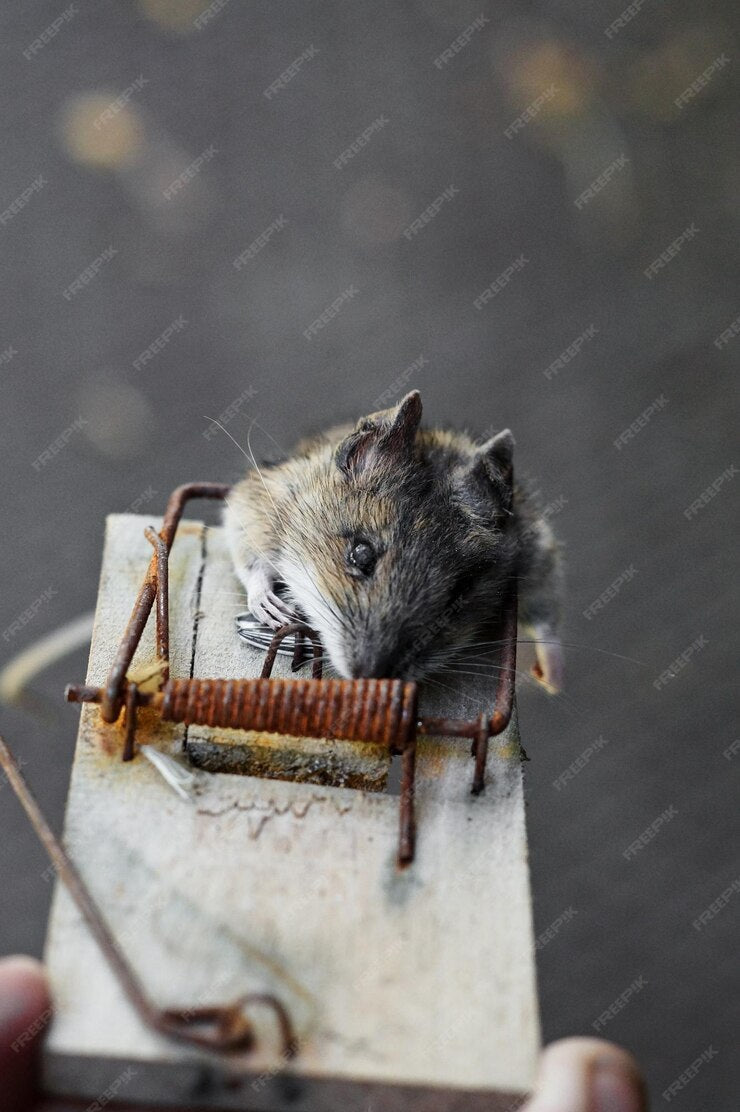
The Environmental Impact of Rat Trapping Machines: Eco-Friendly Options
As concerns about environmental sustainability continue to grow, it's essential to consider the ecological impact of pest control methods, including rat trapping machines. While rodent infestations pose significant health and safety risks, traditional trapping methods can have unintended consequences for the environment. In this blog post, we'll explore the environmental impact of rat trapping machines and highlight eco-friendly options for rodent control.
-
Understanding the Environmental Impact: Traditional rat trapping methods, such as snap traps and glue traps, can result in the indiscriminate killing of not only targeted rats but also non-target species, including birds and small mammals. Additionally, the disposal of trapped rodents can pose environmental risks if not handled properly. It's crucial to consider these factors when evaluating the environmental impact of rodent control methods.
-
Eco-Friendly Rat Trapping Alternatives: Fortunately, several eco-friendly rat trapping alternatives are available that minimize harm to non-target species and the environment:
a. Live Traps: Live traps capture rats without harming them, allowing for their safe relocation to a more suitable habitat. These traps are humane and reduce the risk of unintentional harm to other wildlife.
b. Electronic Traps: Electronic traps deliver a quick and humane electrocution to captured rats, minimizing suffering while eliminating the need for harmful chemicals or poisons.
c. Multi-Catch Traps: Multi-catch traps are designed to capture multiple rats without causing harm, making them an effective and environmentally friendly option for rodent control.
-
Integrated Pest Management (IPM) Strategies: Incorporating integrated pest management (IPM) strategies can further reduce the environmental impact of rat trapping. IPM focuses on preventive measures, habitat modification, and targeted interventions to control pests while minimizing risks to human health and the environment. By combining trapping with sanitation practices, exclusion methods, and habitat modification, homeowners can achieve effective rodent control with minimal environmental impact.
-
Proper Disposal and Waste Management: Proper disposal of trapped rodents is essential for minimizing environmental contamination and preventing harm to scavengers and predators. Dispose of captured rats in accordance with local regulations, avoiding dumping them in natural habitats or waterways. Consider composting or burying rodent remains in a secure location to prevent exposure to wildlife.
